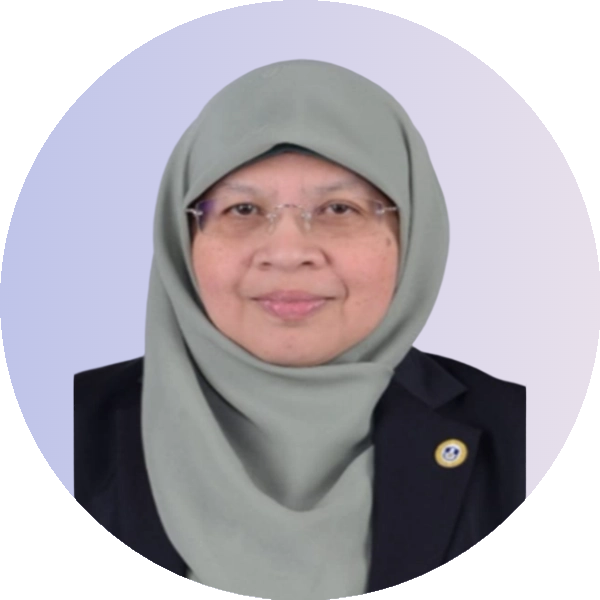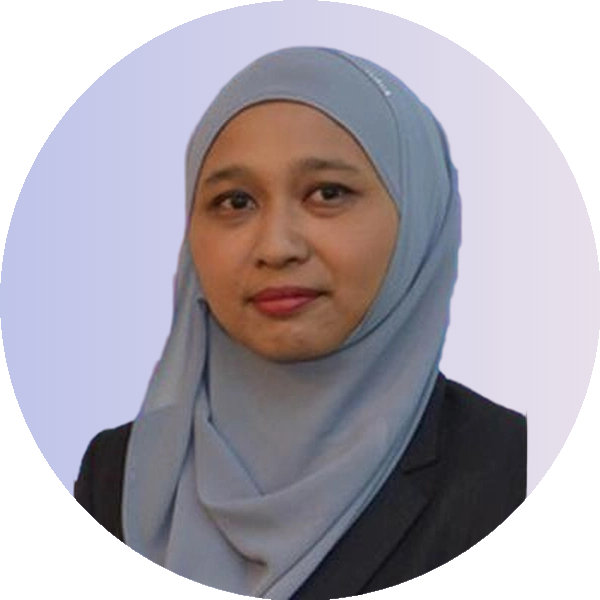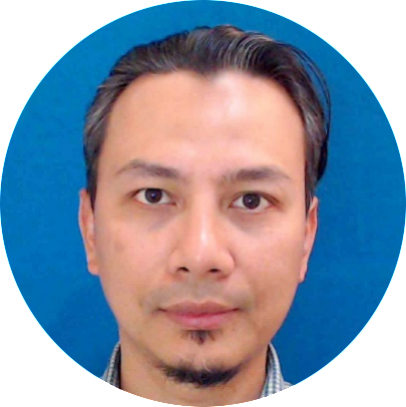Keynote Speaker
 |
Prof. Dr. Huda Haji Ibrahim, Universiti Utara Malaysia, Malaysia |
Professor Huda is a distinguished scholar and visionary leader in the field of Information and Communication Technology (ICT), with over three decades of impactful contributions to teaching, research, and academic governance. Born and received primary and secondary education in Malaysia, she embarked on her higher education journey in the United States, earning a Bachelor’s degree in Mathematics from the University of Arkansas at Little Rock in 1988. She later completed her Master of Science in Computer System Management at Creighton University, Omaha, Nebraska, in 1995—an experience that laid a robust foundation in computing and systems thinking.
Her academic trajectory continued with a Doctor of Philosophy in Science and System Management from Universiti Kebangsaan Malaysia (UKM), conferred in 2006. Currently, Professor Huda serves at the School of Computing, Universiti Utara Malaysia (UUM), a leading institution in ICT and digital transformation studies. She previously held pivotal leadership roles, including Dean of the School of Computing (2011–2022) and Assistant Vice Chancellor of the UUM College of Arts and Sciences (2017–2022).
Her research portfolio spans Smart Cities, Geoinformatics, Information Technology Transfer, e-Government, and Social Informatics. She has published extensively in high impact journals and conferences, contributing to both theoretical advancement and applied innovation. Her ongoing engagements in research collaboration, postgraduate supervision, and advisory capacities reflect a deep commitment to fostering digital innovation for societal benefit.
Beyond academia, Professor Huda plays an active role in national and institutional initiatives, including state and international level projects/programs aligned with the Sustainability Agenda. She was appointed as a Visiting Professor at University of Karabuk, Turkiye (2022-2023) and (2025-2026) and was invited as a keynotes speaker for international conferences in Indonesia, Sri Lanka (2023-2025).
 |
Prof. Dr. Siti Hafizah Binti Ab Hamid, Universiti Malaya Kuala Lumpur, MalaysiaDeputy Dean of Development for the Fac of Computer Science & Info Technology, Universiti Malaya |
Prof. Dr. Siti Hafizah is an expert researcher in software engineering whose work bridges software reliability, cloud computing, and intelligent software applications. Her research focuses on optimizing mobile and cloud-based systems, especially in virtual machine migration, cloud resource management, and energy-aware mobile application design. Through multi-million ringgit grants from local, international, and private organizations, she has made significant contributions to trust models, link prediction in social networks, and the integration of IoT frameworks for critical applications such as digital health and emotion-aware computing. An active member of the IEEE Society and Malaysia Software Testing Board, she has been appointed by the Department of Standards Malaysia as a Technical Committee member for the Malaysian Standard on Software and System Engineering. She is also Associate Editor for few reputable journals, and a reviewer for several Q1 ISI WoS journals. She also serves as an external assessor for academic programs at public and private universities in Malaysia. She contributes to academic development as a Program Quality Assessor Expert, Lead Auditor, Lead UM Strategic Plan (Transformative Learning), and developer of the stackable credential-based Master of Advanced Studies program.





